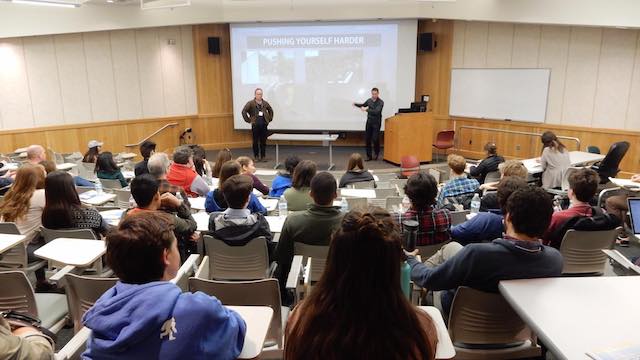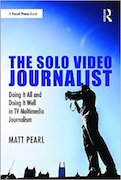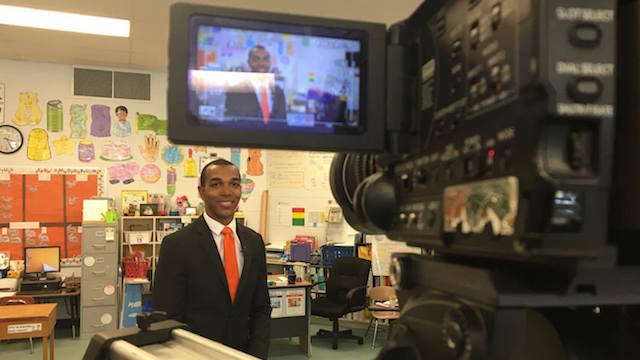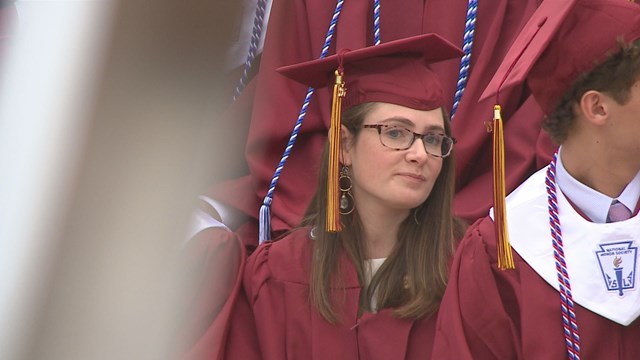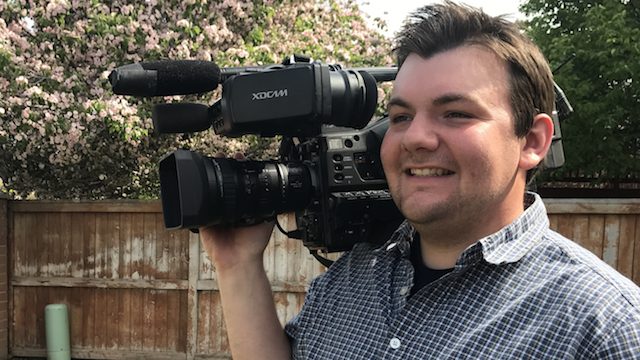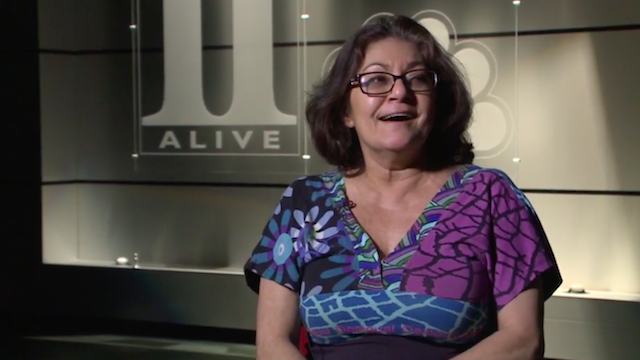For the month of June, I am taking off from the blog and podcast to focus on a variety of career goals. Among the highlights: I am speaking at several workshops, of which there seem to be plenty this month, and I would encourage any journalist to attend one. Why? Read below.
I frequently get asked to speak at workshops and conferences about journalism.
I rarely turn them down.
I enjoy the workshop experience for a variety of reasons. In a speaking role, I appreciate the chance to (I hope) inform and inspire those in attendance. I relish the relationships I get to build and the ideas that develop from discussion.
But beyond those benefits, I find workshops valuable for one main reason: I love the passion and enthusiasm that always emerge.
Rarely does our business make time for education. We are expected to learn on the fly, develop our skills in the daily crunch, and make all of our deadlines in the process. These requests are not unreasonable; in fact, I have always found I learn more by doing rather than watching.
But I still find great value in watching. And when I go to workshops, I always come away with a handful of tricks and tools I plan to incorporate into my own work. I went to my first conference in 2014 when I was invited to speak at the Ignite Your Passion workshop in the Twin Cities. (I had never attended one in my early years as a journalist.) I stayed after my presentation for the remaining speakers, getting to witness the great team of reporter Boyd Huppert and photojournalist Jonathan Malat. They described their execution of a story I still remember today: a piece about death, love, and regret around the subject of towing trailers
I left the Twin Cities with an immediate burst of motivation. I wanted my work to be that complete and rich; I wanted it to shine at the next level.
I take bits of inspiration from every workshop I attend. I have already spoken at four this year, and I have left each feeling like a stronger journalist.
I have also left with a renewed belief in what we do.
I wrote in my book, The Solo Video Journalist, about the importance of thinking big. We are given so many incentives to focus on the day-to-day rather than the larger possibilities. Workshops provide a tremendous reminder to expand one’s ambition – and an opportunity to surround oneself with journalists who have a similar outlook.
Earlier this month I interviewed on my podcast John Wilson, the chief photographer at KSL-TV and an organizer of the NPPA Rocky Mountain Workshop in Salt Lake City. He encouraged people in the area to sign up for his workshop, but he mainly encouraged people to “go to A workshop”. I could not agree more. I will speak at the Rocky Mountain and Sound of Life Southeast Storytelling workshops in June, and I fully recommend both to anyone looking for some rejuvenation and training.
But good workshops are rarely hard to find. If you haven’t been to one, I would highly recommend it.
The Solo Video Journalist is available for purchase. You can find it on Amazon, Barnes & Noble, and the publisher’s web site.
Matt Pearl is the author of the Telling the Story blog and podcast. Feel free to comment below or e-mail Matt at matt@tellingthestoryblog.com. You can also follow Matt on Facebook and Twitter.
